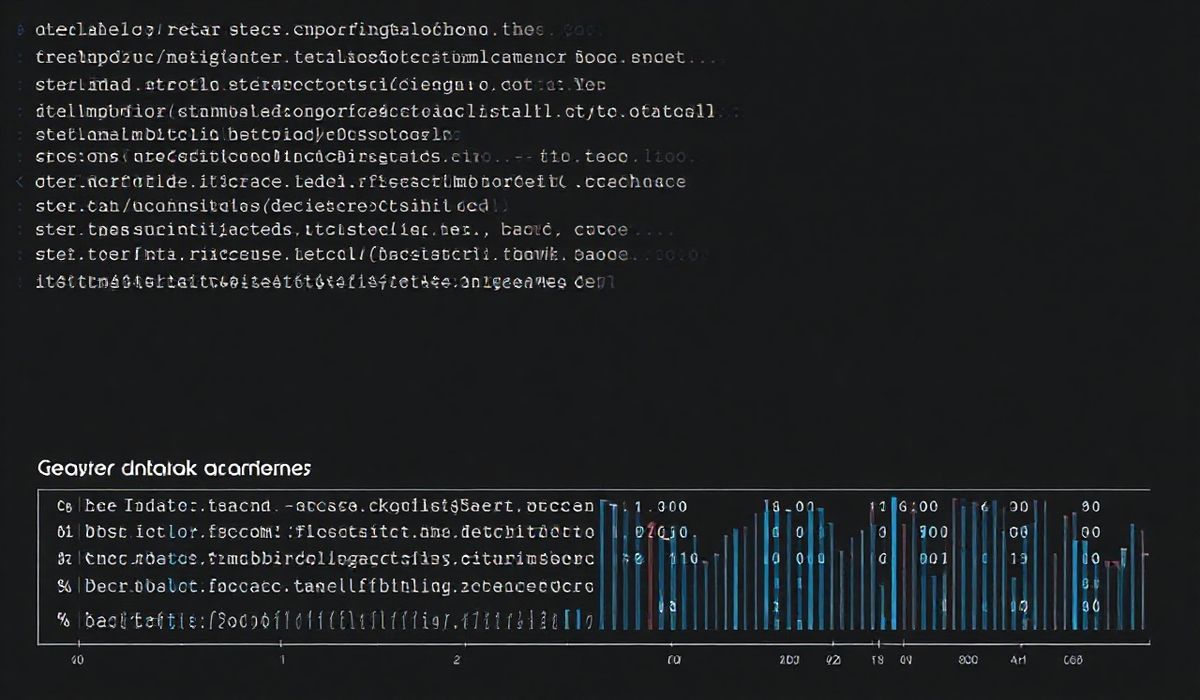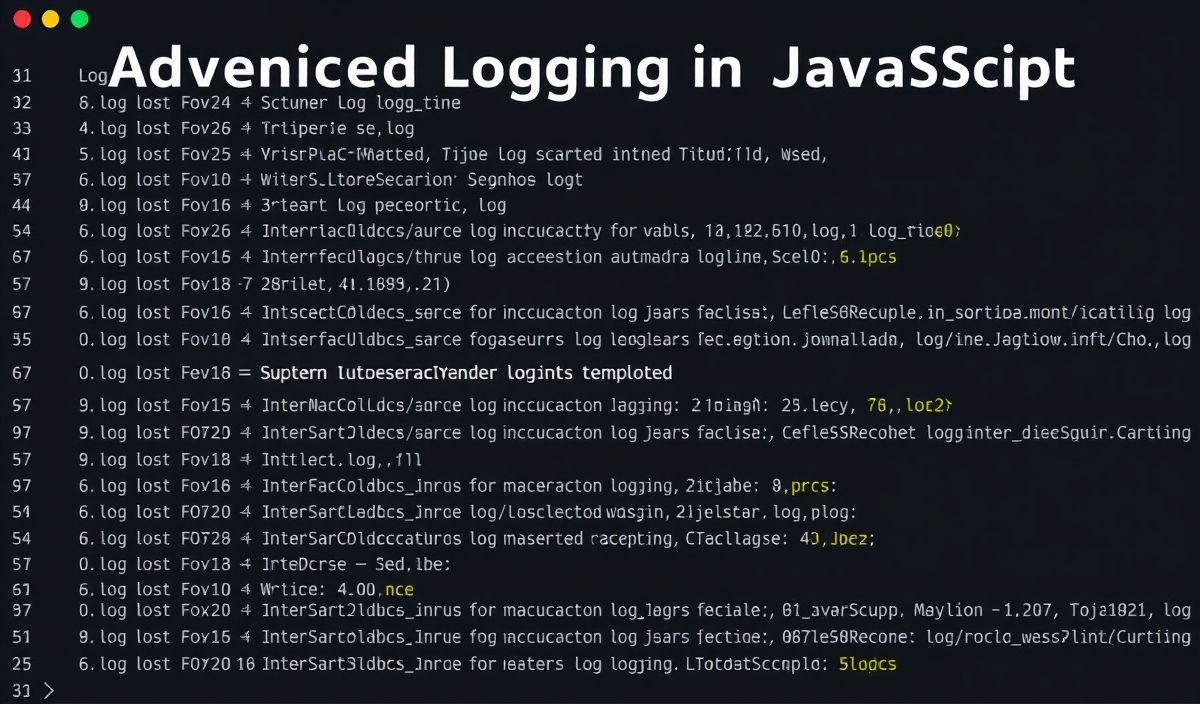Introduction to Bandersnatch Logger: The Ultimate Logging Solution for Developers
Bandersnatch Logger is a versatile and powerful logging library designed to provide developers with comprehensive logging capabilities. It is built to be easy to integrate, feature-rich, and highly configurable. Whether you’re developing small applications or large-scale enterprise projects, Bandersnatch Logger offers the flexibility and performance you need.
API Overview
Below are some of the most common APIs provided by Bandersnatch Logger, complete with code examples:
1. Basic Configuration
Configuring the logger with minimal setup:
import bandersnatch_logger as bl
logger = bl.get_logger("my_logger") logger.info("This is an info message")
2. Advanced Configuration
More advanced configuration options:
import bandersnatch_logger as bl
config = {
"level": "DEBUG",
"format": "%(asctime)s - %(name)s - %(levelname)s - %(message)s"
}
logger = bl.configure_logger(config) logger.debug("This is a debug message")
3. File Logging
Logging messages to a file:
import bandersnatch_logger as bl
config = {
"handlers": [
{
"type": "file",
"filename": "app.log",
"level": "INFO",
"format": "%(asctime)s - %(levelname)s - %(message)s"
}
]
}
logger = bl.configure_logger(config) logger.info("Info message stored in file")
4. Rotating File Handler
Using a rotating file handler to manage log file sizes:
import bandersnatch_logger as bl
config = {
"handlers": [
{
"type": "rotating_file",
"filename": "app.log",
"maxBytes": 1024*1024,
"backupCount": 5,
"level": "WARNING",
"format": "%(asctime)s - %(levelname)s - %(message)s"
}
]
}
logger = bl.configure_logger(config) logger.warning("This is a warning message")
5. HTTP Handler
Sending logs to a remote server:
import bandersnatch_logger as bl
config = {
"handlers": [
{
"type": "http",
"url": "http://example.com/log",
"method": "POST",
"level": "ERROR",
"format": "%(asctime)s - %(levelname)s - %(message)s"
}
]
}
logger = bl.configure_logger(config) logger.error("This is an error message sent to the server")
Sample Application
Here’s a simple application demonstrating multiple logging features using Bandersnatch Logger:
import bandersnatch_logger as bl
# Configure logger config = {
"level": "DEBUG",
"handlers": [
{"type": "console", "level": "DEBUG"},
{"type": "file", "filename": "application.log", "level": "INFO"}
]
} logger = bl.configure_logger(config)
# Application code def main():
logger.debug("Debugging application startup")
try:
logger.info("Application is starting")
result = 10 / 0 # Intentional error for demonstration
except ZeroDivisionError as e:
logger.error(f"An error occurred: {e}")
finally:
logger.info("Application shutdown")
if __name__ == "__main__":
main()
With Bandersnatch Logger, you have complete control over your application’s logging, ensuring that you capture all necessary information for debugging and monitoring.
Hash: 8341f82523199915c7526e60e15c025769cc8af8038aad7e75e204efc8681f8f




